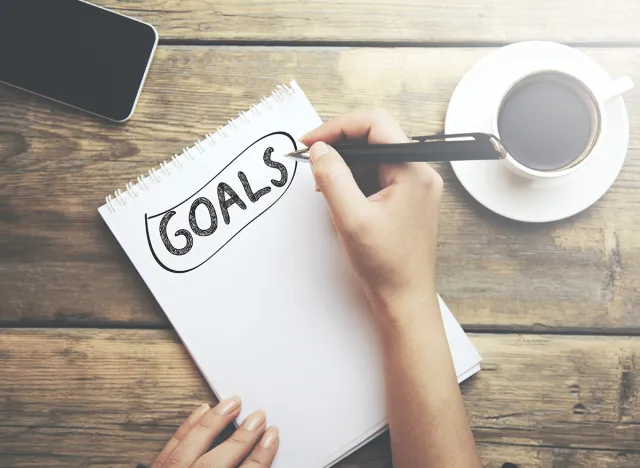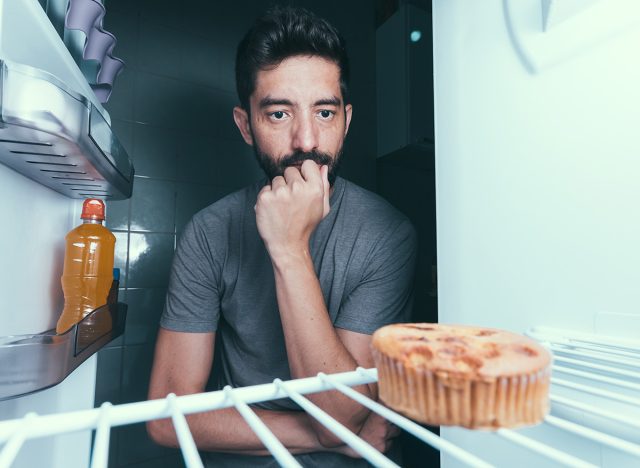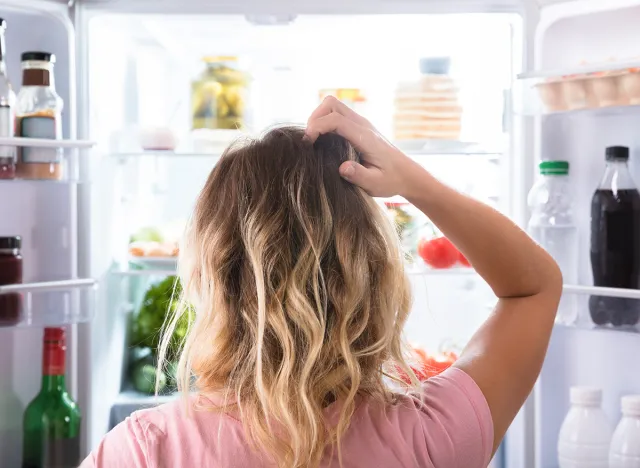11 Ways to Turn Your Diet Into a Lifestyle Change

It seems like every few months a diet comes onto the scene and takes the world by storm. In the last decade, the most popular diets have included Whole30, Keto, and Carnivore. While the trends may evolve, diet culture is not new. It can be traced back to Ancient Greece.
Despite the long history of diet culture, humans haven't cracked the code to make them work. Most people who lose weight on diets tend to gain it all back within a relatively short period of time.
As an Octave therapist specializing in disordered eating and body image, I have over 15 years of experience working with clients to help them reshape and redefine their relationship with food. Throughout my experience, I've seen over and over that diets typically fail, but lifestyle changes can have long-lasting effects.
What's the difference? A diet tends to be a short-term, highly-regimented nutrition plan with a promise of a specific result, such as shedding a certain amount of weight or body fat. Lifestyle changes, on the other hand, are long-term plans that address more than just what you eat, how much, and when.
Here are the 11 ways you can turn a diet into a lifestyle change:
1. Ask yourself why you are choosing to make a change.

More often than not, I see that my clients opting for diets, especially extreme ones like the 75 Hard Challenge, are doing so because of external pressures. They may feel pressure from loved ones or co-workers, or longing to keep up with fashion trends.
I challenge all of my clients to look deep within themselves to identify the real reason they want to go on a diet. Keep asking yourself 'Why?' over and over again until you get down to the true motive you are embarking on the journey.
Make sure that your reasoning is connected to your individual needs and core values — not other people's judgments or the latest fads.
When the reason why stems from inside of yourselves, you're more likely to make a long-lasting commitment and stay motivated until you see a tangible change in your life.
Related: 12 Powerful Ways to Transform Your Body at Any Age
2. Create goals that go beyond the scale.

Diet goals tend to focus only on the number on the scale, but lifestyle changes will result in ripple effects in every area of your life. Set goals that your scale can't show.
For example, I once had a client who wanted to go on a diet to lose weight. When we took a step back and assessed what she really wanted, she realized she was looking for more confidence and financial stability. She changed her mindset and her goals so that she could focus on what really mattered to her. After she put her energy in those areas, she reported higher self-esteem, and that her self-esteem boost contributed to her getting an amazing new job, which in turn created greater financial stability. Weight loss was no longer even on the table.
3. Practice flexibility.

Diets are a sprint, and lifestyle changes are a marathon. You may be able to stick to a strict routine for a month, but at the end of the day, life happens.
Instead of striving for perfection, allow yourself to be flexible with your approach. For example, give yourself the freedom to dine out with friends, choose rest over exercise, and explore new cuisines. Practicing flexibility, and the self-compassion that comes with it, can do wonders for your mental health and mental well-being.
4. Ditch black and white labels.

The black and white labels that hurt us are not the ones printed on food products — it's the rigid, binary labels of "good" versus "bad."
When you label foods, it doesn't create conditions to strike balance,practice moderation, and increase variety. In fact, labeling foods as "bad" can lead to feelings of shame and guilt.
If you label food as "bad", you can bust that label by exposing yourself to the food more often. Consistent exposure will make the food less menacing and help neutralize your perspective.
5. Pay attention to hunger signals.

Can't sit through a meeting without your stomach interrupting with loud grumbles? Falling asleep at night thinking of food? If the answer is yes, you may be overly restricting your food intake.
Our bodies are not accustomed to eating according to a handbook of what you supposedly should or shouldn't eat. Instead, listen to your hunger and satiety cues, such as lightheadedness and fatigue. Ask yourself what your body needs at that moment and act accordingly.
Related: Kayla Itsines in Crop Top Reveals Effective Workout for Beginners
6. Tune into emotional cues.

Sometimes emotions — not hunger — prompt us to eat. When you find yourself reaching for a snack, pay attention to your emotions to help understand why you eat and when.
Here are some questions you can ask yourself:
- How do I feel before I eat?
- Am I bored?
- Am I feeling anxious?
- Am I trying to cope?
- Am I seeking connection?
- Am I looking for happiness?
And if the answer is yes to any of the above and you still want the snack, eat the snack! This is another way to encourage flexibility (Tip #3).
7. Don't add unneeded stress to your life.

Making any kind of change can be hard, and sometimes we unnecessarily make it more challenging than it needs to be.
For example, you might get rid of your cost-effective membership at a neighborhood gym to enroll in a boutique gym. The average gym membership is typically $40-70 per month, and a high-end fitness class costs an average of $34 per class. Making that kind of change can create financial stress without proper budgeting.
Keep an eye out if you're seeing increased stress in your life, such as outspending your budgeting, not getting enough sleep, or seeing your relationships worsen. You may be creating trouble for yourself that can harm your overall well-being.
8. Be mindful of your historical relationship with food.

Disordered eating is more common than people assume, but it can be difficult to spot. Nearly a quarter of adults and children globally show signs of disordered eating.
In addition to consulting with your doctor before making a change, speak with a mental health professional to probe your relationship with food. Better understanding your unique connection to food can aid you in addressing issues and choosing an approach that works for you.
9. Eliminate body checks.

Body checking is the repeated practice of assessing your body shape, size, or weight. This may look like staring at a certain region of your body multiple times a day in the mirror, or weighing yourself several times daily.
Avoid looking at yourself in the mirror if your intention is to be critical. Actively practice building positive narratives around all parts of your body. When you choose to be kind towards your body, rather than punitive, it can make you feel better about yourself and encourage gratitude. If this is something difficult to do, consider working with a therapist to help you develop helpful practices.
Related: #1 Key Mistake I Made Before I Lost 60 Pounds
10. Set positive intentions.

Because diets are rarely sustainable, people often feel like a failure for not sticking to an unbending routine. That feeling of failure can spiral into stress, anxiety, and depression.
Prevent feelings of failure and the negativity that comes with it by setting positive intentions for yourself. Adopt at least three daily self-affirmations and speak them aloud each day.
Below are just a few options for self-affirmations:
- I choose to do this because I want more variety in my life.
- Today, I will give myself space to grow.
- I am enough.
- I am grateful for my body.
11. Rally your cheerleaders.

It's critical to surround yourself with a strong support system, but you need to be aware of who you choose to be part of that system.
Frequently people think the best way to provide support is by acting as a coach — giving unsolicited advice and tips. What you need when making a lifestyle change is not a coach, but rather a cheerleader or a whole squad of them! Seek out people in your life who are relentlessly supportive, encouraging, and positive. Because the harshest critic is typically the voice in our head, you need to surround yourself with a choir of encouragement.
💪🔥Body Booster: Constant hunger could mean you're not eating enough. Don't follow a strict diet guide. Instead, listen to your body's hunger and fatigue signals and respond with appropriate nourishment.
T.J. Mocci is a therapist and a Clinical Director at Octave.




